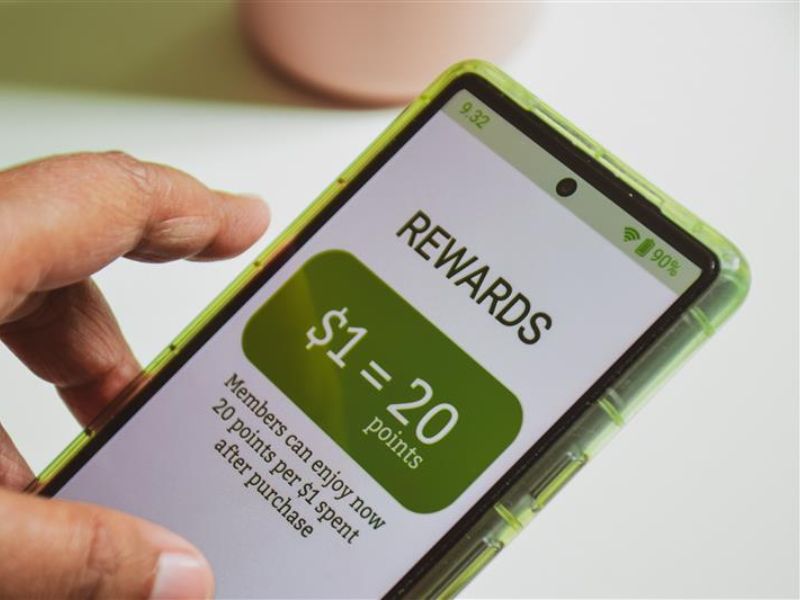
What Marketers Can Learn from Soccer Fans and Brands Who Listen to Them

Soccer’s influence in the U.S. is accelerating, and that’s big news for marketers. From local intermural weekend matches to internationally televised tournaments, the sport has become one of the most emotionally resonant and culturally inclusive spaces for brand engagement.
With its explosive growth and passionate fanbase, it’s the golden ticket to brand relevance. And as we look toward the 2026 World Cup hosted in the U.S., Canada, and Mexico, it’s no longer a question of if brands should enter the soccer space, but how they should do it.

Let’s break down why soccer is a golden opportunity for marketers and how to win with fans at every level.
4 Reasons You Should Reach Soccer Fans
1. Soccer Fans Are Passionate and Multidimensional
Soccer isn’t just the world’s most popular sport, it’s one of the most dynamic media environments in existence. In the U.S. alone, For Soccer reported a 57% increase in the fandom in a recent five year period. One of the unique elements of soccer is often times fans are supporting clubs across continents, not just their local team.
Jason Wagenheim, CEO North America at Footballco, described it well in a recent TeamSnap webinar:
“Imagine 30 NFLs happening simultaneously around the world—that’s the global soccer ecosystem.”
That means more eyeballs for a longer period are on the match and on your brand. With most fans rooting for more than one or event wo teams, it opens up an array of opportunities for engagement that are constantly in motion.

2. Soccer Around the Clock
Speaking of being in constant motion, soccer isn’t bound by a single season since it’s always on. Between European leagues, North and South American competitions, national team friendlies, AND youth tournaments, there’s something happening nearly every day of the year.
This constant cadence means marketers have a seriously rare and powerful chance to connect and keep the connection going.
3. Go Big or Go Local
With as many opportunities to reach professional soccer fans, there’s just as big an opportunity to reach hyper-locally. Reaching this fan base is uniquely scalable. Whether you’re running a digital campaign timed to a UEFA match or sponsoring a rec league team in Cincinnati, there’s an avenue for your brand to connect with real people in real moments.
Here’s your playbook to a winning sports marketing sponsorship.
The 2026 World Cup will amplify this even more, particularly in U.S. host cities where local pride and global excitement will converge.
4. Youth Soccer Builds Brand Loyalty That Lasts
If you want to build long-term relevance in soccer, start with youth leagues—and the families cheering from the sidelines. According to the For Soccer 2024 United States of Soccer report, familial influence and participation remain two of the most powerful drivers of soccer fandom in the U.S. Nearly a third of fans say they became fans because of a family member’s involvement in the sport, and another large segment discovered soccer through playing it themselves.
This early exposure matters. The report also highlights that 75% of soccer fans have played the game at some point, and many continue playing into adulthood. These early experiences often translate into lifelong fandom, with fans passing their passion down to the next generation.
The takeaway? Participation leads to lifelong fandom and if you engage them consistently, you might just see sustained brand engagement in tandem with that lifelong fandom.
How Can Marketers Succesfully Reach Soccer Fans?
To Succeed, Show Up Authentically (Or Don’t Show Up at All)
Today’s soccer fans can spot inauthenticity from a mile away. That’s why it’s not enough to simply sponsor a team. Brands need to show they understand the soccer in’s and out’s and participate in ways that are meaningful.
Patrick O’Keeffe, Chief Integrated Marketing Officer at e.l.f. Beauty says,
“Don’t just do a logo slap. Find your way in—be true to your brand, and lead with purpose.”
The brands that succeed in soccer are the ones that show up for matches big and small, stay consistent, and contribute meaningfully to the game and its fans.
While creating a custom targeting strategy for an audience as passionate as soccer fans may feel overwhelming, it’s truly an opportunity for your brand message to shine through a new lens.
Take a look at these brands who entered the soccer pitch and saw major success with their marketing campaigns:
NWSL x E.L.F. Beauty
NWSL x E.L.F. Beauty teamed up with women’s soccer via a multi-channel marketing strategy to build the connection between their brand and passionate soccer followers.
They launched digital display ads and a sweepstakes, activated influencer partnerships, and created video content with Joey King and Lucien Laviscount. All of these tactics told the same story – connecting the dots between soccer fans and their brand in a real and authentic way.

Lay’s Chips – “It’s Lay’s, Baby!”
Lay’s took a beloved soccer chant—“Olé, Olé, Olé”—and gave it a flavorful twist with their campaign. The chant-turned-jingle became a rallying cry across stadiums and social media, blending seamlessly into the matchday experience.
The campaign featured global soccer stars and fans alike tapping into a cultural moment and remixing it with their brand voice, Lay’s didn’t just show up—they became part of the chant.
One to Watch – Premier League x Puma
Just this year, PUMA has become the official ball supplier for the Premier League starting from the 2025/26 season, ending Nike's 25-year tenure. This partnership places PUMA at the heart of one of the world's most-watched football leagues.
To kick off their first year in the partnership, they unveiled a match ball in their “Have a Ball” campaign which prominently displays both the Premier League and PUMA logos without making it the make focus on the TV spot.
Final Thoughts: Build Equity Before the World is Watching
The countdown to 2026 is already underway, and brands that start activating now will be best positioned to lead when the spotlight hits. Soccer isn’t a trend. It’s a movement that brings families, communities, and cultures together.
If your brand wants to be part of something big, this is the moment.
But don’t just take our word for it. I sat down with two of our own Brandience team members who not only play and coach soccer, but also live and breathe marketing strategy. Hear what they have to say on what makes this moment so powerful and how brands can authentically show up for fans at every level.
Looking for sports marketing strategies? At Brandience, we help brands engage meaningfully through:
- Sports sponsorship strategy for community and pro-level events
- Multi-platform digital activation using first-party data and fan behavior
- Creative storytelling rooted in regional and cultural insights
- Full-funnel media planning in event host cities and key fan markets
Now’s the time to step onto the pitch and make it count. Contact us.


.jpg)

